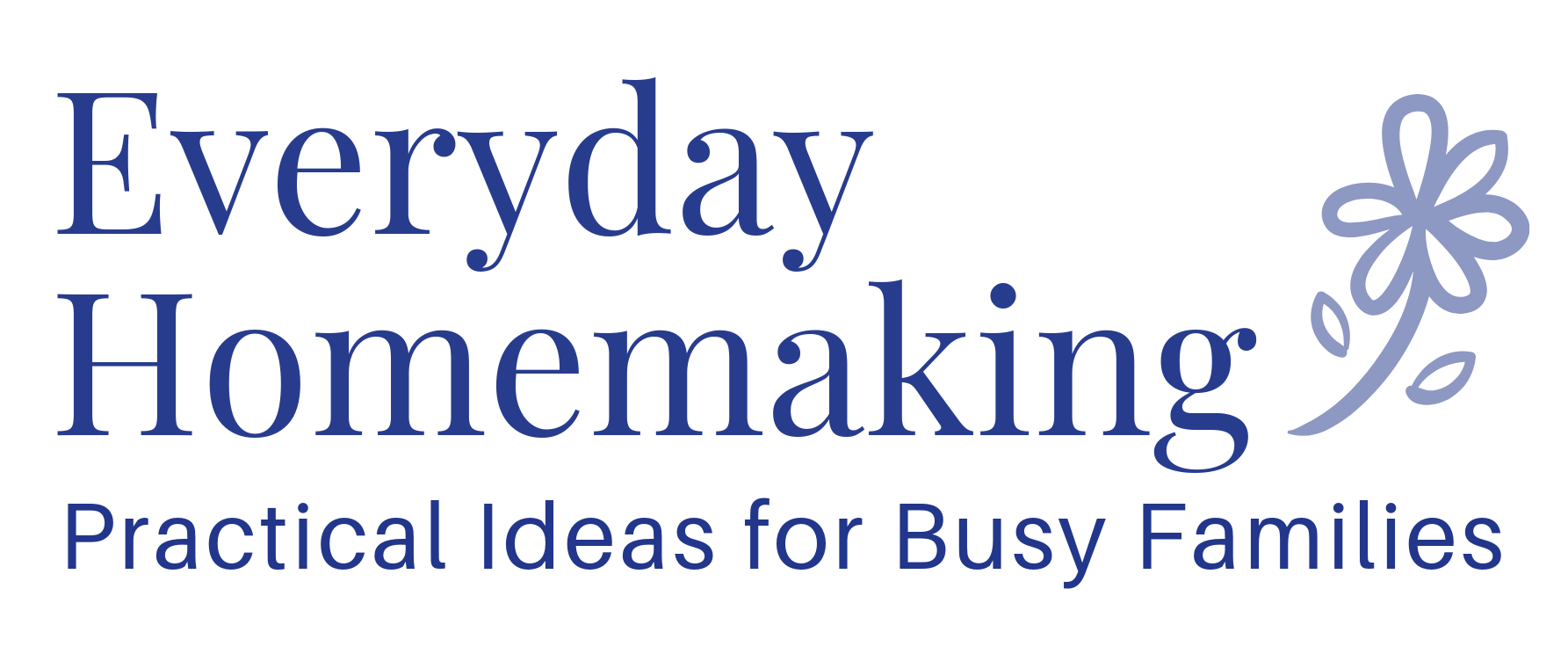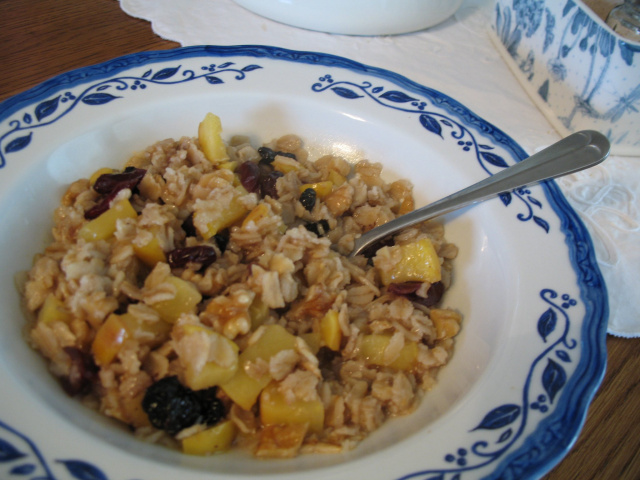I was recently privileged to participate in a discussion with hundreds of homeschoolers of various ages, ethnicities, income levels, family sizes, and in various seasons of homeschooling. As the more veteran homeschoolers and the newer home educators interacted, I sensed I was privy to a tentative “dance” of sorts, in which each partner is trying to enjoy the music and share the experience, but has yet to find the comfortable rhythm (and is still a bit shy of stepping on toes!).
Thinking about that analogy led led me to consider how newer and more veteran homeschooling moms might find that “rhythm.” In the cotillion of homeschooling community, when might we line-dance, instead of leading-and-following? Is there a time for the seasoned dancer—who may have already scoped out the ballroom—to gently guide one who may be tentative in the homeschool waltz (or to rescue one who seems to be on the path to “limbo lower now”)? And how do we veterans stay open to learning some innovative moves from the newer parents?

It occurred to me that ballroom dancers are in a relationship of sorts—a relationship predicated on a shared vision or goal. And while all dancing is movement, all dancing doesn’t “look” the same—yet we can have grace for one another’s styles while learning from one another.
“Dancing is moving to the music without stepping on anyone’s toes, pretty much the same as life.” ~Robert Brault
Principle vs. Method
I don’t even remember why we started homeschooling, but I do remember why we continued: God gradually revealed to us a vision for our family. For us, that vision included a faith-based focus, and indeed, many homeschool because of a religious conviction, but other families homeschool for many other valid reasons: One family may want to create a physically safe environment in which their child can blossom. Another may need to nurture one who learns at a different pace or in a different way. In fact, there are almost as many reasons for homeschooling as there are homeschoolers!
Their approaches to home education may be diverse, and their methods for attaining their purposes may vary widely, but the principle is pretty much the same: Parents with a vision for the success of their children and their family, wanting what’s best for them.

There is not one “right” way to homeschool. Some may “waltz” through home education, while another may “jitterbug” or even “pop and lock.” What works for one family may not be the best fit for another—even within the same family, what worked for one child may not be the best fit for another! But I want to keep an open mind to hear how another does things differently; while I may not end up utilizing that for my own family, it may be just the tidbit of information I can share with another family seeking options.
Do You Have Room on Your Dance Card?
How do we—in all our differing homeschool seasons—build our mom-to-mom relationships? Many of my younger (20s and 30s) friends suggest that younger moms crave mentors. What does that look like to you? If you are younger, what are some practical ways the older women can connect with you? We don’t want to be Your Mom, but we do want to share what we’ve learned, as friends.
And seasoned mamas, what are you doing to come alongside the newer homeschoolers? I’ve found that many veterans seem to be of the mindset, “I know I’ve been homeschooling for 10 years [or 20…], but I’m still not sure I’m doing it right for my own kids, so I sure don’t want to mess up yours.”
That’s why our local group utilized an outlined “how-to-begin-homeschooling” mentoring program, with a scripted mentor’s guide and a parent workbook, to help families in the same getting-started boat and to build relationships.
What has worked for you? Or what are you looking for?
(Read more in Part 2: Does Your Heritage Impact Your Vision? and Finding a Common Rhythm)
______________________________________
Originally published in Homeschooling Today magazine Spring 2018 Issue; article by Vicki Bentley. Used with permission. All rights reserved. www.homeschoolingtoday.com











